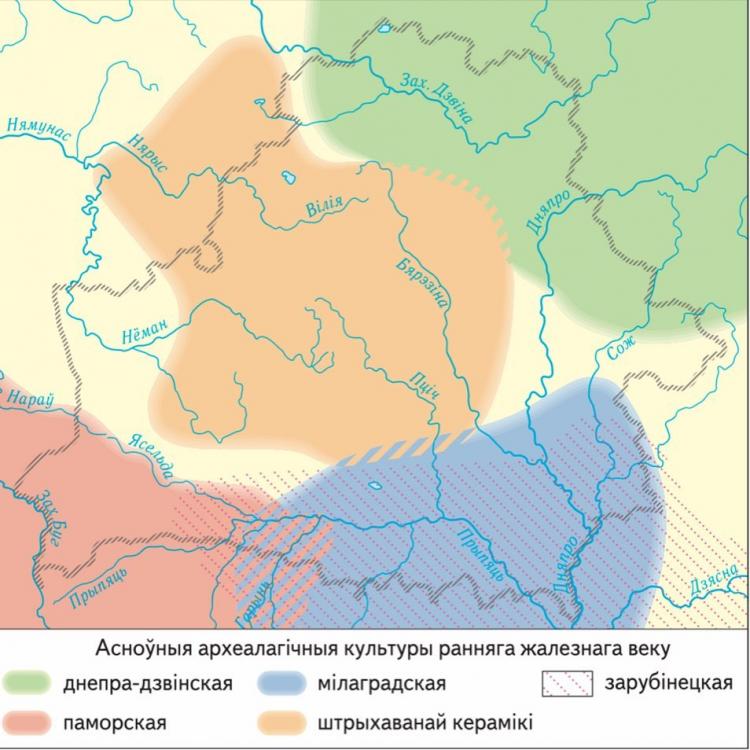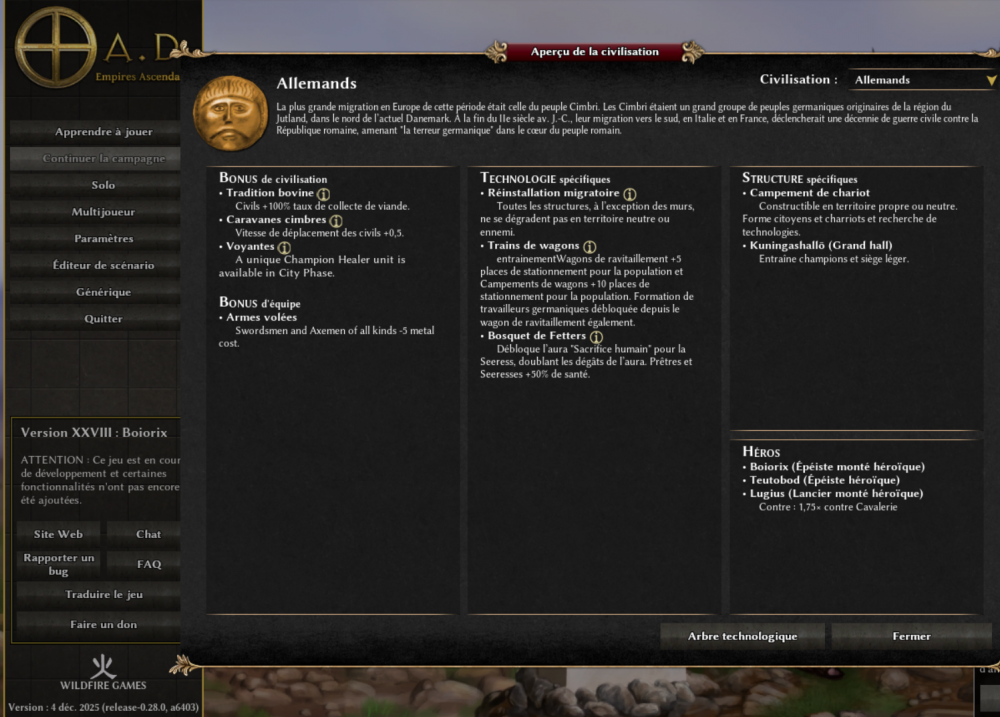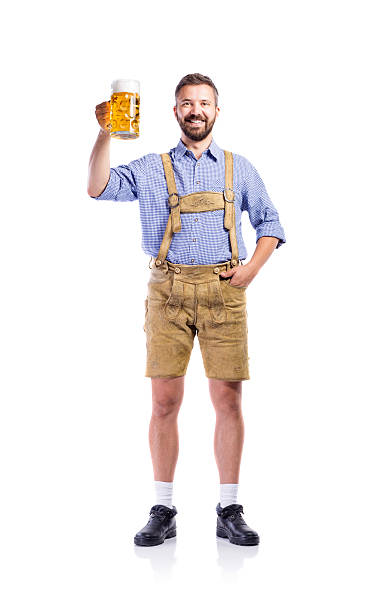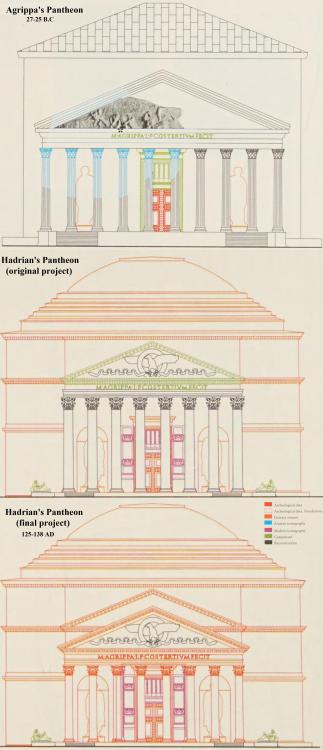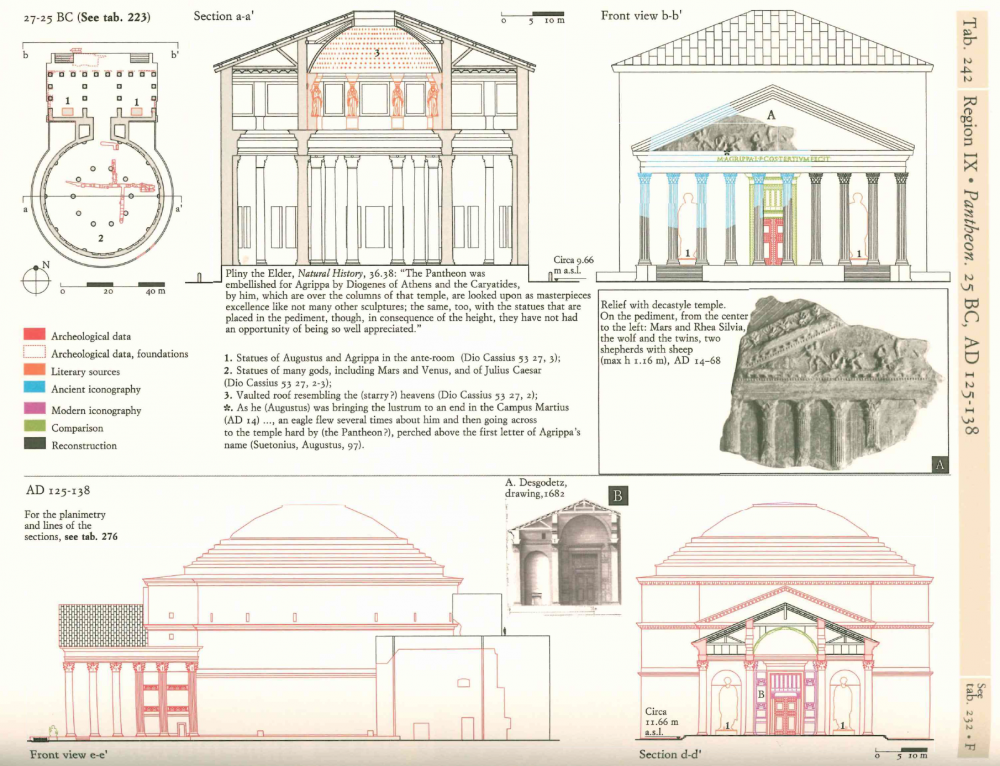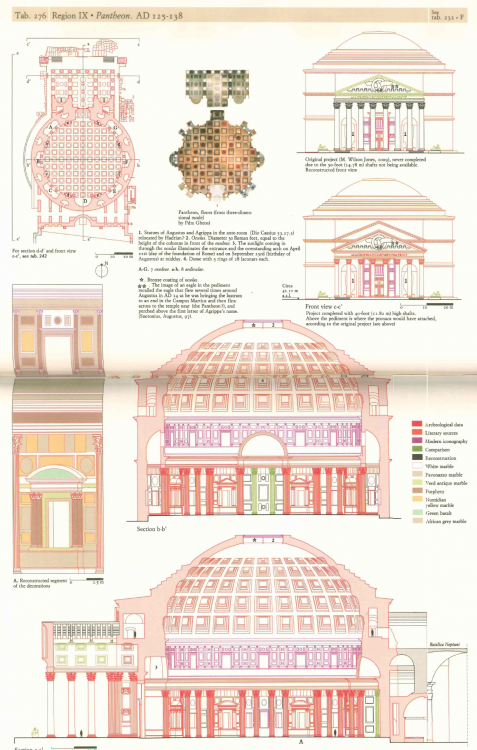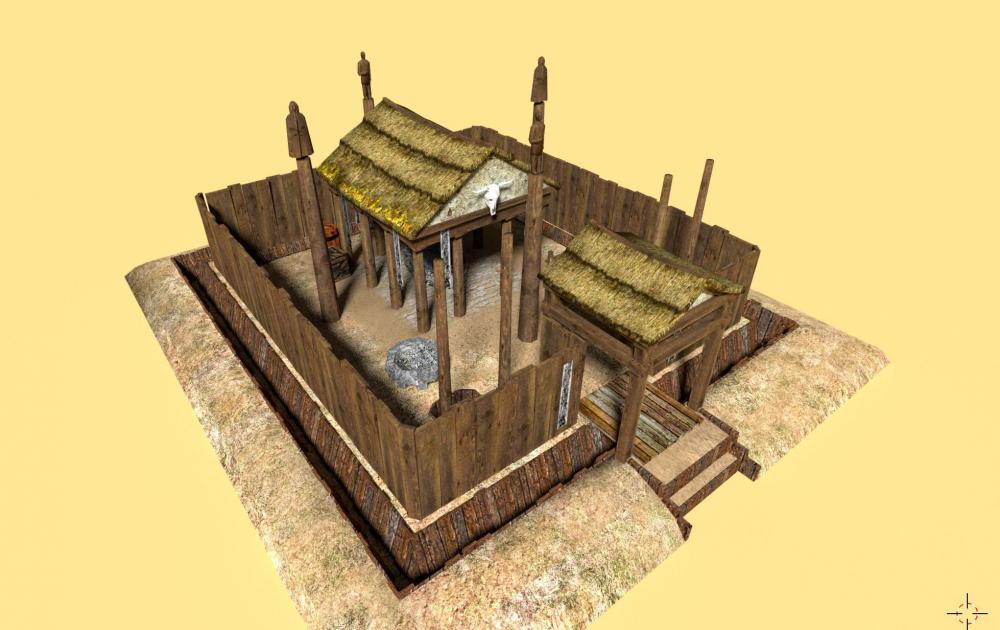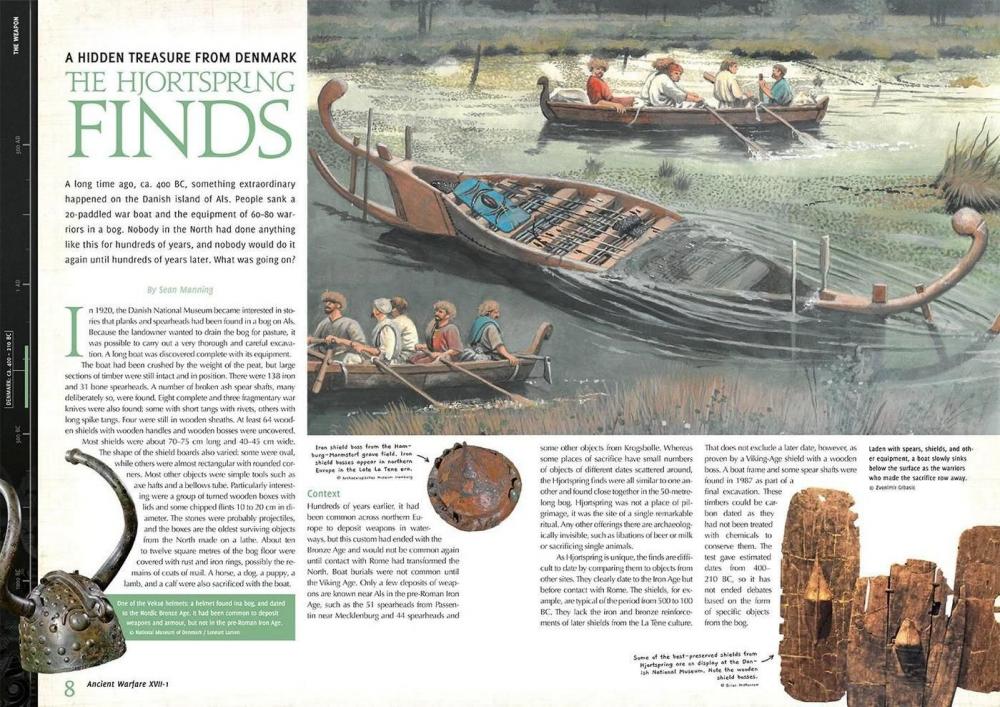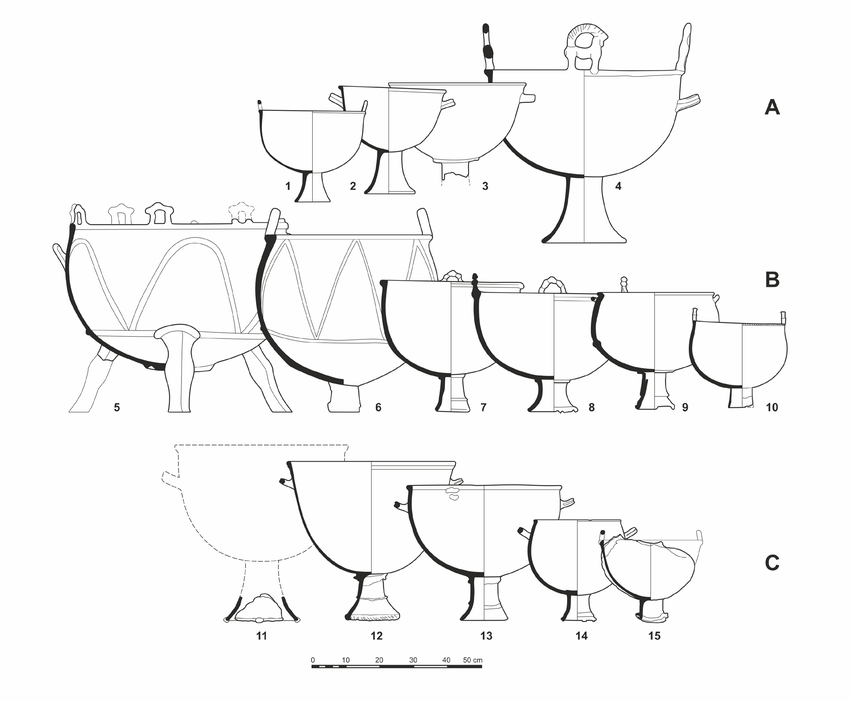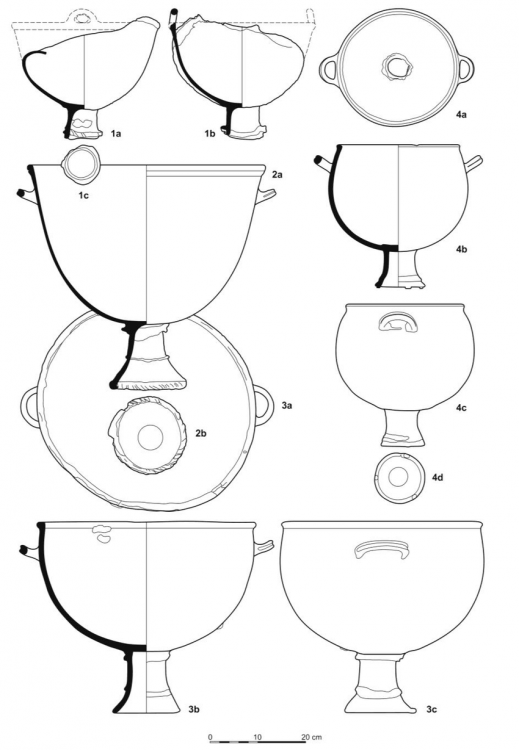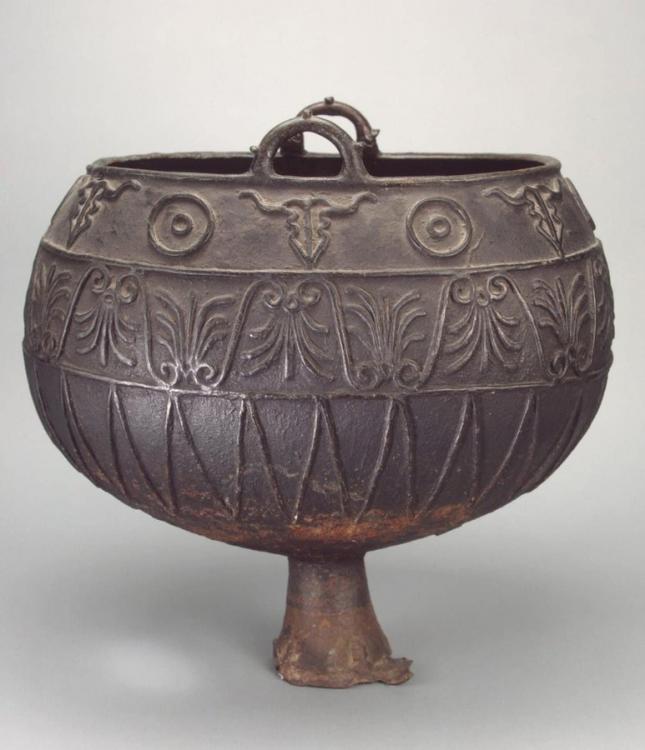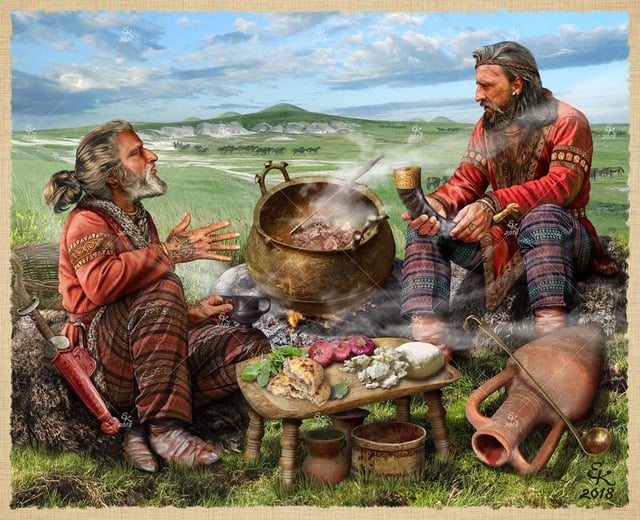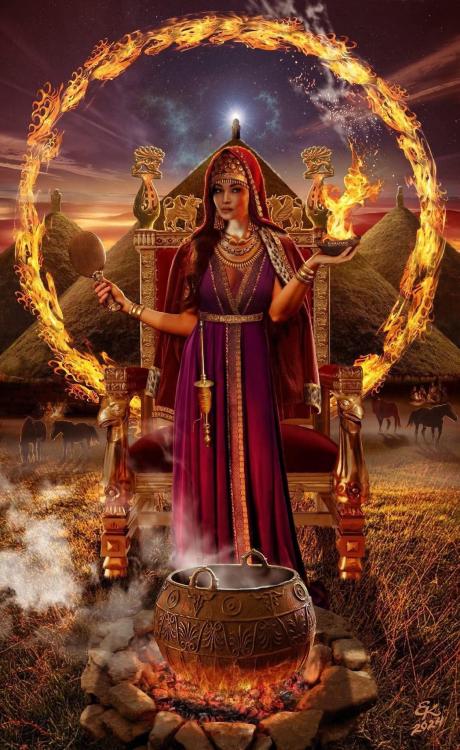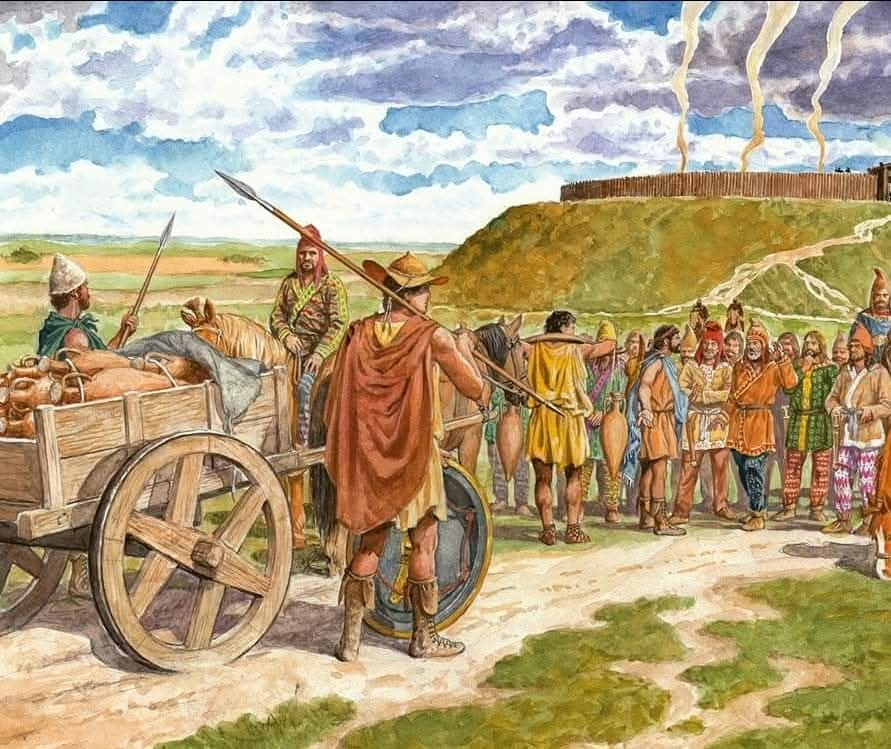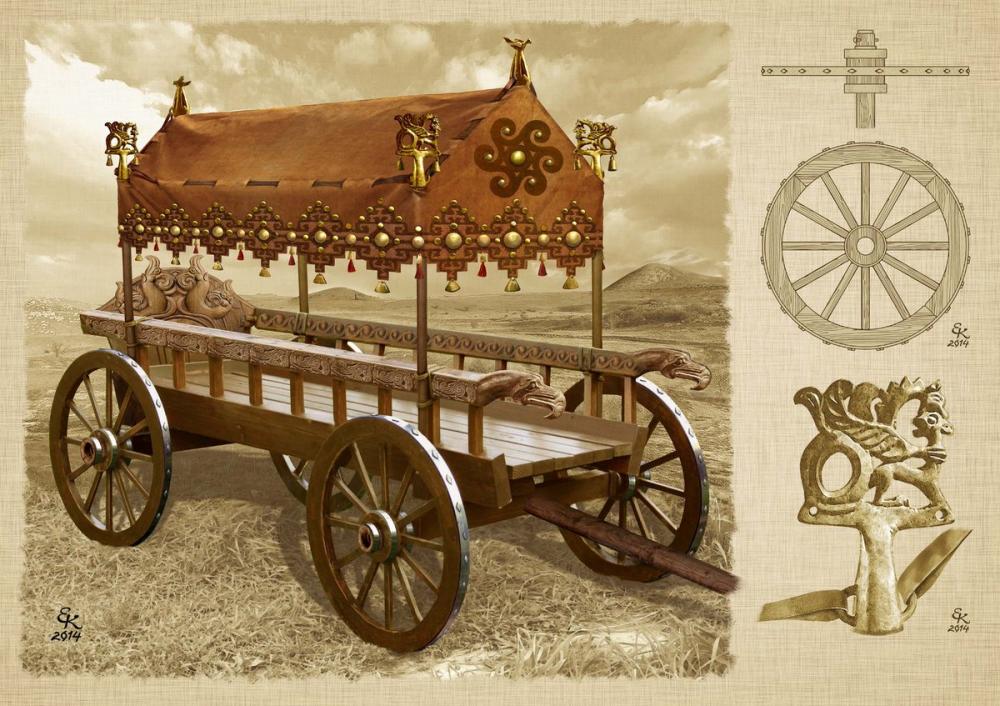-
Posts
2.418 -
Joined
-
Last visited
-
Days Won
84
Everything posted by Genava55
-
.thumb.jpg.b21ca1d0c15fb56b42c39b25a0a40815.jpg)
Civ: Germans (Cimbri, Suebians, Goths)
Genava55 replied to wowgetoffyourcellphone's topic in Delenda Est
https://archaeology.org/news/2025/12/12/new-thoughts-on-denmarks-ancient-hjortspring-boat/ https://journals.plos.org/plosone/article?id=10.1371/journal.pone.0336965 -
It is difficult to know when the Slavs separated from the Balts. The Kiev culture is the only one that can be definitively attributed to the Proto-Slavs. Regarding earlier cultures, there is no certainty. There are many contradictory and contested hypotheses. There is no consensus concerning their relationship with the Proto-Slavs. The cultures most frequently discussed are the Milograd culture, the Dnieper-Dvina culture, the Zarubintsy culture, and the Chernoles culture. In my opinion, the Kiev culture derives mostly from Dnieper-Dvina (Днепро-Двинская культура). Green = Dnieper-Dvina Orange = Brushed pottery culture Red = Pommeranian culture Blue = Milograd culture Hatched and dashed lines = Zarubintsy culture The earliest mentions of the Baltic Venedi are from Pliny the Elder and Tacitus, both writing in the 1st century AD. Too old for your mod?
-
-
.thumb.jpg.b21ca1d0c15fb56b42c39b25a0a40815.jpg)
The Gauls, religiously gore and gruesome
Genava55 replied to Genava55's topic in Tutorials, references and art help
@Stan` c'est possible d'intégrer la vidéo ? -
.thumb.jpg.b21ca1d0c15fb56b42c39b25a0a40815.jpg)
The Gauls, religiously gore and gruesome
Genava55 replied to Genava55's topic in Tutorials, references and art help
Une très bonne conférence par Matthieu Poux qui présente les spécificités uniques aux Gallo-Romains et comment elles proviennent des anciennes traditions gauloises. Il y a tout une partie sur les sanctuaires et les temples, comparant les similitudes entre Gaulois et Gallo-Romains. -
.thumb.jpg.b21ca1d0c15fb56b42c39b25a0a40815.jpg)
There's an article talking about us
Genava55 replied to ribasvilanova's topic in Introductions & Off-Topic Discussion
It's good to see that people are noticing. Changing the image that people have of the past is important. -
Special abilities are indeed something lacking. Regardless of the direction the game takes in its design, having special abilities would be an asset in any case. And it's something that's realistic to implement.
-
That's exactly my point. Total War has its own features, its own mechanics. Code-wise, it is very different from Age of Empires and other RTS. You are giving the example of BFME2, which is both very different from Total War and very different from 0 A.D. in its mechanics. Implementing charging bonus, morale, fatigue, ammo etc. do not require battle formations. It is actually the battle formations which require new features to make sense. All the mechanics in battle should make sense with the formations. It requires a holistic approach. The challenge is to produce a well rounded design and balanced mechanics based on battle formations. While keeping the other features and design of 0 A.D., notably on the economy. And also making all that with the current engine, notably the pathfinding. This is a major overhaul. Total War and BFME2 were designed with this idea from the start, don't underestimate the ramifications. It would be great but I don't see how it is feasible with the current ressources and management.
-
What is the point of formations? Or more precisely, what are the motivations behind this wish? It seems to me that the motivations are mostly cosmetic. To give a total war vibe.
-
.thumb.jpg.b21ca1d0c15fb56b42c39b25a0a40815.jpg)
=[TASK]= The Pantheon of Marcus Agrippa
Genava55 replied to wowgetoffyourcellphone's topic in Official tasks
-
In French but nice and interesting video
-
.thumb.jpg.b21ca1d0c15fb56b42c39b25a0a40815.jpg)
=[TASK]= The Pantheon of Marcus Agrippa
Genava55 replied to wowgetoffyourcellphone's topic in Official tasks
Good to know -
.thumb.jpg.b21ca1d0c15fb56b42c39b25a0a40815.jpg)
=[TASK]= The Pantheon of Marcus Agrippa
Genava55 replied to wowgetoffyourcellphone's topic in Official tasks
By Augustus, I assume you mean Gaius Octavius the first emperor? Then why asking for a later version of the pantheon when it has been reconstructed by Hadrian ? -
The Massagetae are neighbors of the Dahae. They live near the Aral Sea. The Persians mention several peoples among the Saka/Scythians: Sakâ Haumavargâ – Scythians who prepare the sacred drink haoma Sakâ Trigraxaudâ – Scythians with pointed caps Sakâ tyaiy paradraya – Scythians from beyond the sea Sakâ tyaiy para Sugdam – Scythians from beyond Sogdiana It is very likely that the Sakâ Haumavargâ are the Amyrgians, a people difficult to locate but who must have lived close to the Massagetae. The Sakâ Trigraxaudâ are generally identified as the Massagetae. The Sakâ tyaiy paradraya are the Scythian peoples of the Pontic steppe, north of the Black Sea. They are divided into several groups, but the most powerful call themselves the Royal Scythians. Finally, the Sakâ tyaiy para Sugdam are probably distant Scythian peoples located north of Sogdiana, perhaps the Saraucae, who would invade the kingdoms of Bactria and Sogdiana in the 2nd century BCE. For me, there are several Scythian-related events that are particularly interesting. First, the campaigns of Cyrus the Great against the Massagetae and the Amyrgians. Then the campaigns of Darius against the Pontic Scythians—a long expedition around the Black Sea. There are also the campaigns of Philip II and Alexander the Great against the Scythians near the Danube, difficult wars that even caused a few defeats for the Macedonians. There are the wars between the Scythians and the Greek Bosporan Kingdom in Crimea. Finally, the destruction of the Greek kingdom of Bactria, the successive deaths of Phraates II and Artabanus I, and the eventual creation of the Indo-Scythian kingdom in northern India. It is a very rich history spread across a vast territory with many peoples. Most remain nomadic, but some Scythian groups do become sedentary. I think the Royal Scythians, the Massagetae and the Sakaraukai/Saraucae are all three interesting nomadic Scythians from different areas. This is a good idea but maybe it should be directly integrated into the Parthians civ. Starting as a nomadic tribe and becoming a Persian empire is original.
-
.thumb.jpg.b21ca1d0c15fb56b42c39b25a0a40815.jpg)
Age of Empires 2 Definitive Edition
Genava55 replied to Lion.Kanzen's topic in Introductions & Off-Topic Discussion
-
.thumb.jpg.b21ca1d0c15fb56b42c39b25a0a40815.jpg)
The Gauls, religiously gore and gruesome
Genava55 replied to Genava55's topic in Tutorials, references and art help
@Sundiata started a concept based on the sanctuary from Gournay sur Aronde but never showed it publicly, it was meant to replace the current Gallic temple: Edit: I added the blend file from Sundiata Gaul_Sanctuary_Gournay_sur_Aronde_V2.blend -
.thumb.jpg.b21ca1d0c15fb56b42c39b25a0a40815.jpg)
Civ: Germans (Cimbri, Suebians, Goths)
Genava55 replied to wowgetoffyourcellphone's topic in Delenda Est
Yes, I think the game engine is not made for monuments related to specific landscape elements. I think we need to have some imagination in this case. We have some account of sacred groves and sanctuaries in Tacitus' Germania but those are not usable since we are narrowing the civ around the Cimbri. I think the best option is to make a huge deposit with multiple items, like a votive gift. You have a good idea with the stone boat around the monument: https://en.wikipedia.org/wiki/Stone_ship I think we can make something bigger. A large stone in an elongated circle with a pile of various weapons, trophies, and spoils of war inside. It should represent the spoils of war of the Cimbri during their wars against the Romans, Celts, Iberians, etc. Large cauldrons like those found in Brå, Keldby, Rynkeby on Funen, and Sophienborg Mose could be added. We could have chariots like the one from Dejbjerg. We could also have freshly sacrificed horses. And on top of this pile, we could add two boats, leaning against the pile of objects. They could be slightly tilted to give the monument a sense of height. It would require making some props but it is feasible I think. -
.thumb.jpg.b21ca1d0c15fb56b42c39b25a0a40815.jpg)
Civ: Germans (Cimbri, Suebians, Goths)
Genava55 replied to wowgetoffyourcellphone's topic in Delenda Est
The only illustrative reference is from Ancient Warfare magazine but it is a sketchy simplification : The boat was submerged with blacksmith tools, with wooden vessels and recipients, animals were sacrificed, notably a horse and two dogs. Spears and oars were thrust into the silty bottom to anchor it. There were dozen of spears and shields submerged with the boat. -
.thumb.jpg.b21ca1d0c15fb56b42c39b25a0a40815.jpg)
Civ: Germans (Cimbri, Suebians, Goths)
Genava55 replied to wowgetoffyourcellphone's topic in Delenda Est
@nifa The only idea I can have specifically about the Cimbri, is the Hjortspring deposit. The boat was deposited in a small bog of approx. 50 m in diameter, in the middle of an island. I don't know if it is more practical. -
I don't know. But I know the Germans from this time period didn't make new burial mounds, because they are practicing cremation, deposing the ashes in urns, which are then buried. At the best, they used older mounds to bury their urn in the upper layers.
-
I tried the nightly build and they had one. https://wildfiregames.com/forum/topic/26110-civ-germans-cimbri-suebians-goths/?do=findComment&comment=582009
-
Herodotus (Histories, IV, 82) tells the account of a large Scythian cauldron (which could contain up to 600 Greek amphorae) built for the king Ariantas.
-
The burial chamber was decorated and we can imagine they used similar decoration outside when they performed ceremony celebrating their ancestor:
-
You can have a stele at the top, it seems to have been the case in a few kurgans. It is also plausible that ceremonies were performed around the kurgans. Notably with drink distribution, animal sacrifices, rites, music etc. If you are depicting the kurgan during a ceremony, it adds more opportunities for props.
-
The origin of the designation 'baba' for such stele is debated. Indeed it is related to the word for lady or old woman in Slavic languages, but it is also related to the Turkic word 'balbal' meaning ancestor. Turks called those statue 'balbal' : https://tr.wikipedia.org/wiki/Balbal and in Kazakh the word 'baba' means ancestor. The most probable is that Slavic people heard the word balbal from Turkic people, notably the Cumans. And since the Cumans mostly depicted women on their statues, an association has been made between the two. And finally the Russians called ALL those ancient statues 'baba' : https://ru.wikipedia.org/wiki/Каменная_баба This is why I couldn't tell if you were talking about the Scythian or the Cuman stele.



